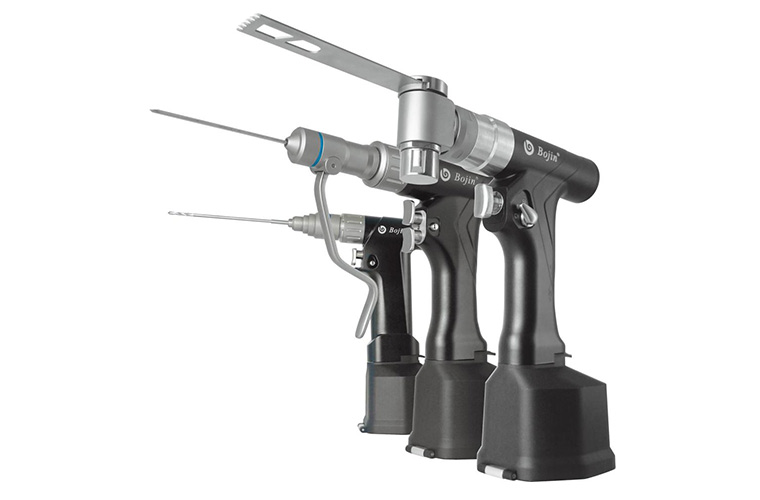Surgical Bone Saws: The Unsung Heroes of Orthopedic Surgery
When we think about life-saving medical tools, scalpels and defibrillators often come to mind. But there’s another instrument that plays a quiet yet crucial role in millions of surgeries worldwide: the surgical bone saw. From repairing broken hips to replacing worn-out knees, these specialized tools are the workhorses of orthopedic medicine, evolving dramatically over the years to make procedures safer and more effective.
What Exactly Is a Surgical Bone Saw?
At its core, a surgical bone saw is designed to cut through bone with precision—no small feat, considering bone is one of the body’s hardest tissues. Unlike the saws you might find in a hardware store, these medical devices are engineered to minimize damage to surrounding tissues, control heat, and operate with extreme accuracy. They come in various forms, from handheld tools to robotic systems, each tailored to specific surgical needs.
A Brief History: From Rough to Refined
The story of surgical bone saws is one of steady innovation. Early versions, used in the 1940s, were mechanical oscillating saws—think of a tiny, fast-moving blade that shook back and forth. While revolutionary at the time, they had drawbacks: the rapid motion caused vibration, leading to tissue damage, and friction generated heat that could burn bone cells.
By the 1980s, pneumatic saws arrived, powered by compressed air. They were lighter and more maneuverable but still struggled with heat and precision. Then, in the 2010s, electric minimally invasive saws took center stage, offering better control. Today, we’re in the era of “smart” saws—devices that combine advanced engineering with artificial intelligence (AI) to redefine what’s possible.
Why Does This Matter for Patients?
These advancements translate to tangible benefits:
· Faster Recovery: Less damage to bones and surrounding tissues means patients heal quicker. For example, knee replacement patients using the Silent Saw leave the hospital nearly two days earlier than those treated with older tools.
· Lower Risks: Reduced heat and vibration cut down on complications like infections or loose implants. Some studies show a 27% lower risk of prosthesis loosening with modern saws.
· Long-Term Savings: Shorter hospital stays and fewer follow-up procedures mean lower costs for both patients and healthcare systems.
The Future of Bone Saws: What’s Next?
Experts predict even more exciting developments. Imagine a saw that not only cuts bone but also “hears” when it’s getting too close to a nerve, thanks to real-time sensors. Or systems that use 5G to let surgeons operate remotely, bringing advanced care to rural areas. There’s also talk of “closed-loop” tools that can cut bone and immediately start repairing it—blending cutting and healing in one step.
Market Growth and Future Outlook
MarkWide Research projects the global surgical bone saw market will reach $3.45 billion by 2034, growing at a 6.8% compound annual rate. This expansion is fueled by rising demand for minimally invasive procedures and intelligent surgical tools.
Industry leaders, including experts at the 16th Chinese Medical Doctor Association Orthopedics Meeting, foresee even greater advancements. Integration with 5G and real-time pathological analysis is expected to enable “cutting-repair” closed-loop systems, further revolutionizing orthopedic surgery.

